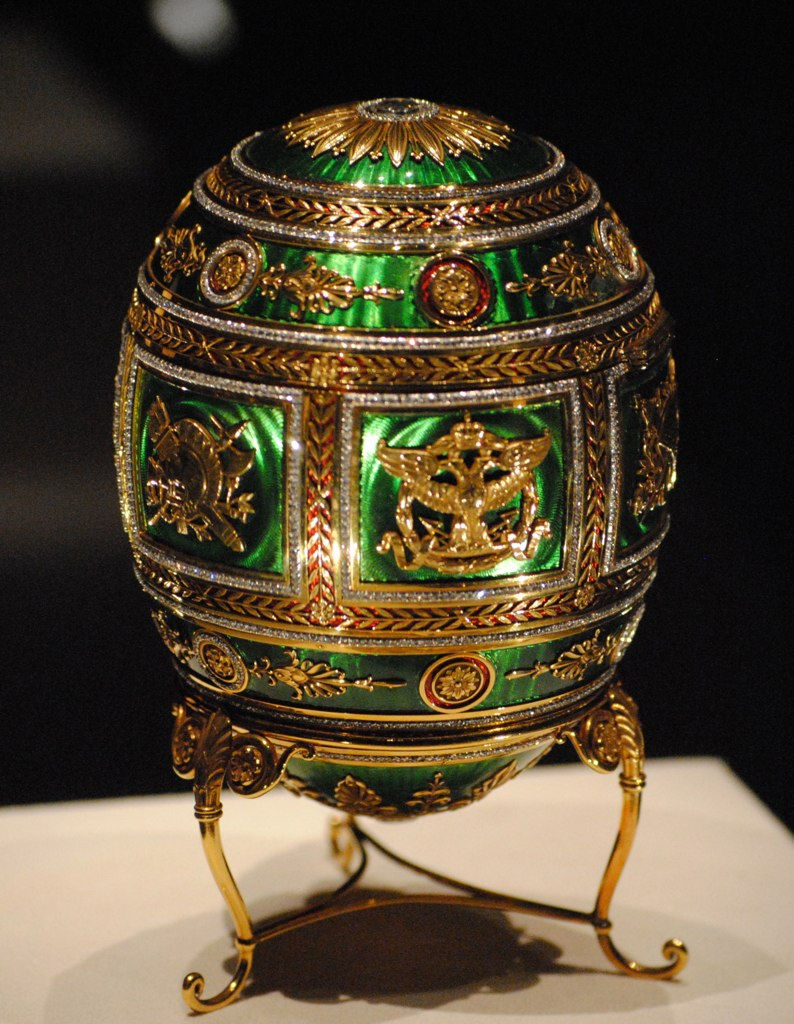Fantastic Fabergé
- The Shop
- Aug 28, 2017
- 2 min read

Fabergé Eggs
These jewel eggs have become synonymous with Russian royalty, and of the approximate 69 in existence the most famous few were given as Easter gifts to the tsars Alexander III and Nicholas II.
Most of these gem encrusted oval masterpieces were manufactured under the supervision of Peter Carl Fabergé of House of Fabergé between 1885 and 1917. 50 of these eggs were made for the imperial family of which 43 is still in existence. Two were supposed to be made for the Easter of 1917 were never delivered as the Russian Revolution overthrew the Romanov Dynasty.
If you have ever marvelled at the beauty of these stunning pieces of craftsmanship, here are five facts you may not have known about the famous Fabergés

1) Fabergé only produced a single egg per year for Tsar Alexander, following this two were produced annually for Nicholas II.
2) It took approximately one year to make a single egg, the process involved an entire team of skilled craftsmen - who had to work in secrecy. Having complete creative freedom Fabergé’s only prerequisite was to hide a surprise inside each egg.
3) No expense was spared in the creation of these eggs, with the one made in 1900 “The Trans-Siberian Railway Egg” being made from gold,silver,quartz and lined with velvet.
4) The first egg ever made was known as the “Hen Egg”, made from gold - it had a white enamel shell and comprised a golden hen that contained a petite diamond, replica of the imperial crown and a ruby pendant.

5) The British Royal Family owns a very important Fabergé collection, containing three historic eggs, including; the Colonnade Egg Clock, the Mosaic Egg , and the Basket of Flowers Egg.
For a little more information on Faberge here is a short video.


























Comments